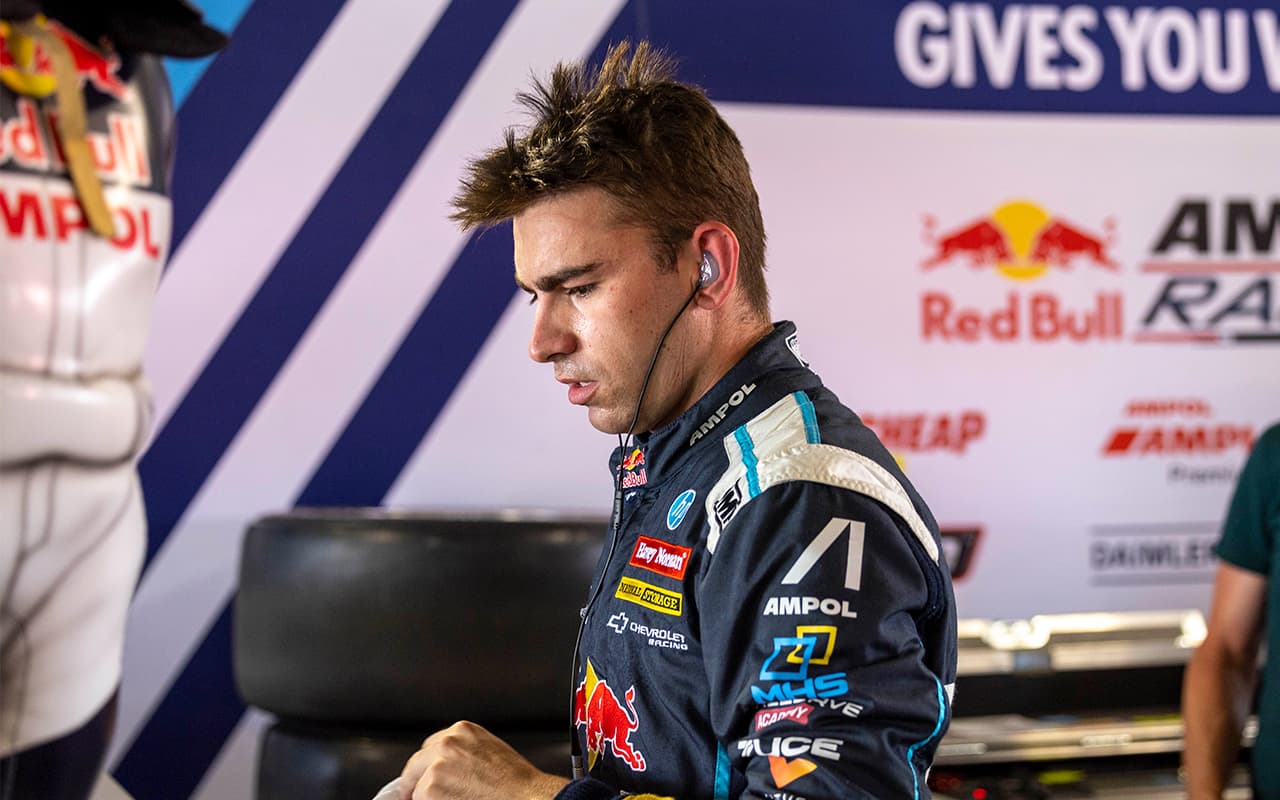How 'brutal' Adelaide raised the bar for driver fitness
"Brutal" Adelaide 500 challenge raised the bar, says Craig Lowndes
Under hot weather policy, 32.9 degrees forces driver cooling systems mandate
Saturday forecast predicts maximum of 36 degrees in Adelaide
Few race events test drivers quite like the VAILO Adelaide 500, which is set to close out the 2024 Repco Supercars Championship with some brutally hot conditions.
Contesting 250-kilometre races in a concrete canyon in early summer heat provides a physical challenge that puts drivers to the test.
When the event made its Supercars debut at the start of the 1999 season, it was as tough a challenge then, but one drivers of the day didn’t have much experience in.
In an age of sprint races, the long Adelaide races required physical and mental smarts, and many drivers required medical intervention at that first race.
Some races were conducted in near 40-degree heat, others in monsoonal rain. Either way, within concrete walls, heat and fumes didn’t have much of a chance of escape.
Over 25 years, Adelaide has become more than a race; in some respects, it’s survival. Drivers pushed themselves to the brink of collapse, some even being dragged from their cars.

"When Adelaide first came on the calendar in 1999, it raised the bar in so many ways. It was, and remains, a huge test for drivers,” Craig Lowndes writes in his exclusive Supercars.com column.
"The fitness and the physicality required is immense, and the mental strength required is immense… you can't underestimate the physicality and the mental strain on the drivers around this concrete canyon.
"Drivers need to lift their game. The track is a great challenge, and in the Adelaide heat, it is a big test for drivers to do 78 laps on the Saturday, and back it up on Sunday.
"When you walk back into the paddock on the Sunday morning with blisters on your hands, sore feet, a sore back, and knowing that you've got to do another 78 laps, it's brutal.”
At the time of publication, the Bureau of Meteorology is predicting a maximum of 36 degrees on Saturday, the day drivers contest the opening 250km race. The hottest Adelaide 500 race day on record was back in 2019, when temperatures hit 41 degrees amid a heatwave.
Under the Supercars hot weather policy, driver cooling systems must be fitted and operational if the temperature nudges above 32.9 degrees.

Drivers are now subject to sports science and given ample opportunity to recover, from cool suits to ice baths, and from helmet fans to cooling tents.
Lowndes — who won the inaugural 1999 event — adds that the driver who recovers best has the best chance to perform on Sunday.
"Adelaide was the first race where, when we first started racing there, that we genuinely realised we needed to increase our level of fitness and mental strength to be successful,” Lowndes said.
"Physically, this is as tough as it gets for the drivers. And, knowing that we’ll potentially see some high temperatures this weekend, it's definitely going to put the drivers under extreme pressure to perform.
"The recovery on the Saturday night is so important. This was the event that I started using ice baths. You need to get your recovery done as quickly as possible on the Saturday after the race, so when it comes Sunday morning, you're in the best shape you can be."
The 2024 Repco Supercars Championship will be decided at the season-ending VAILO Adelaide 500 on November 14-17. Tickets are on sale now.








